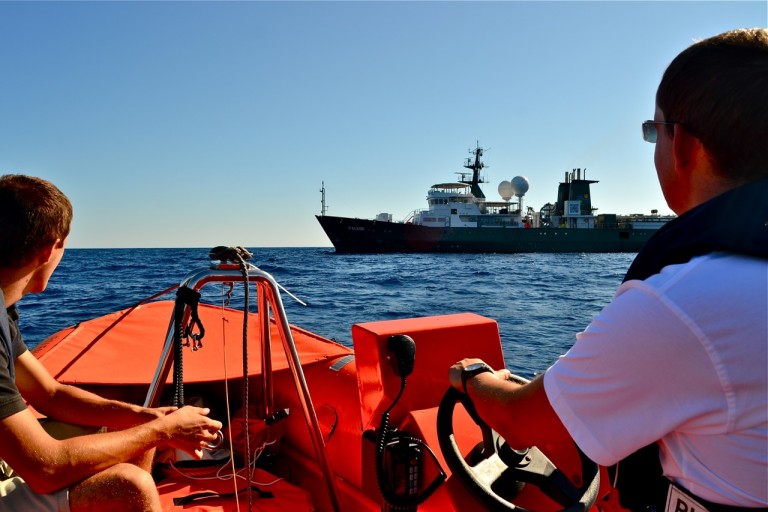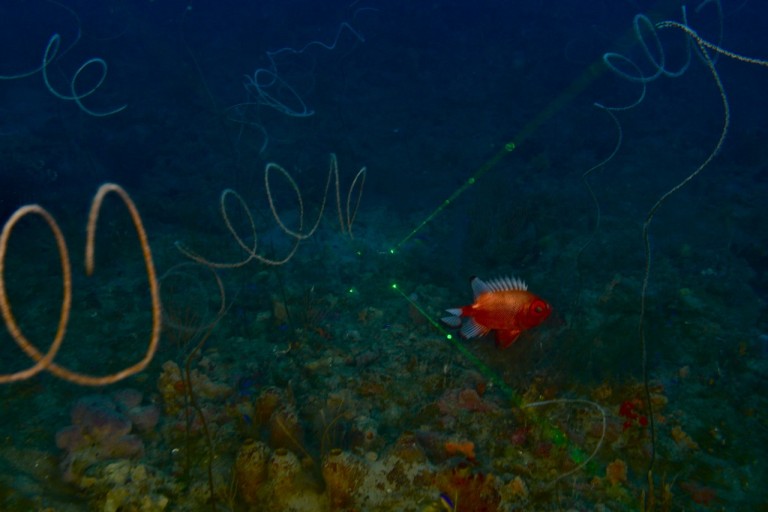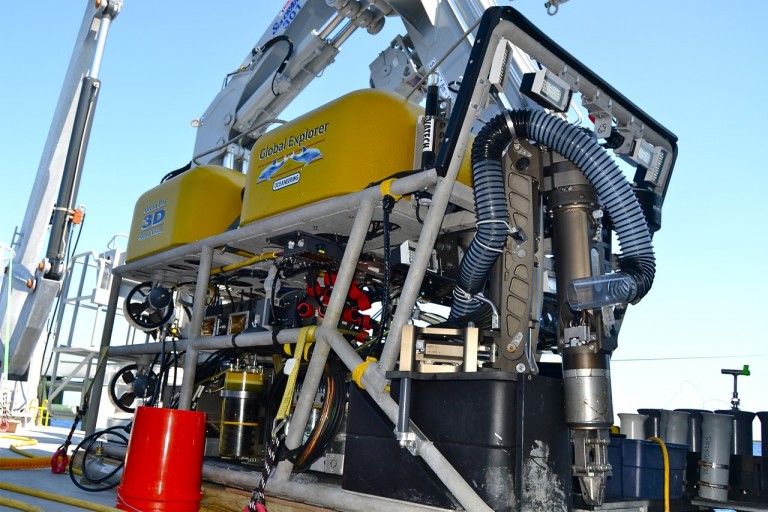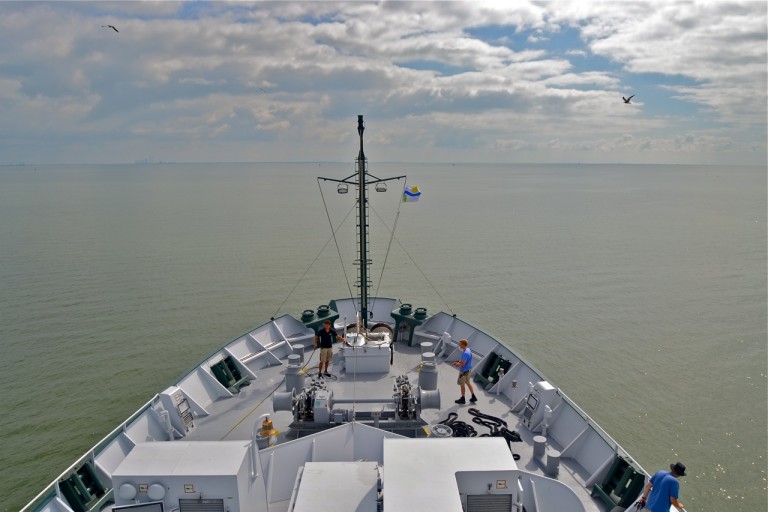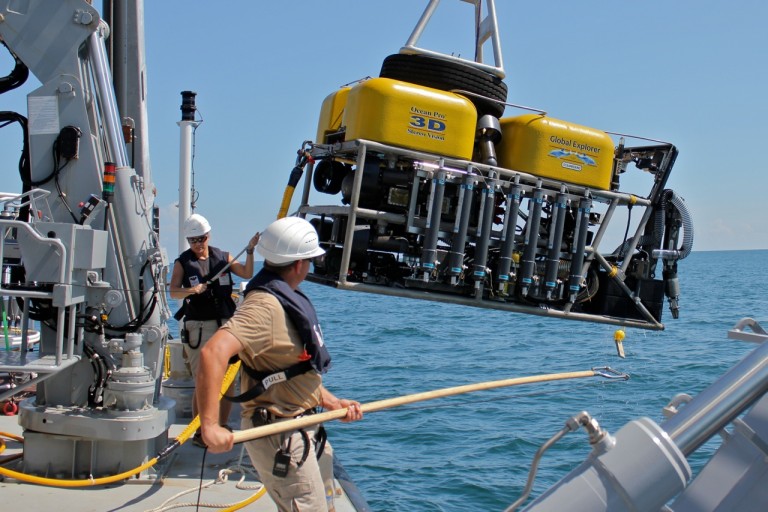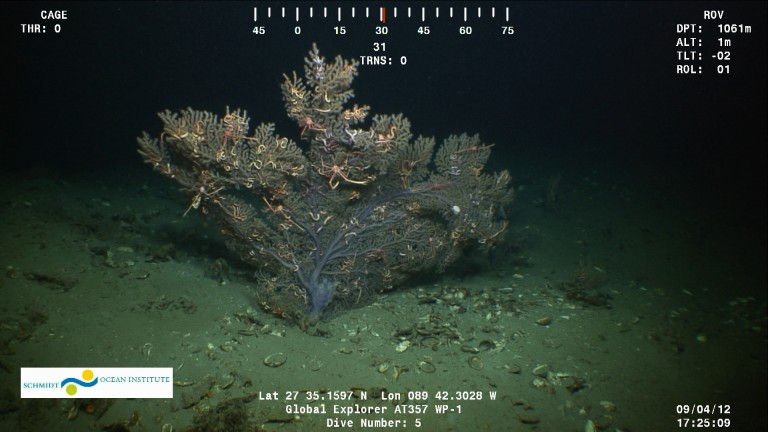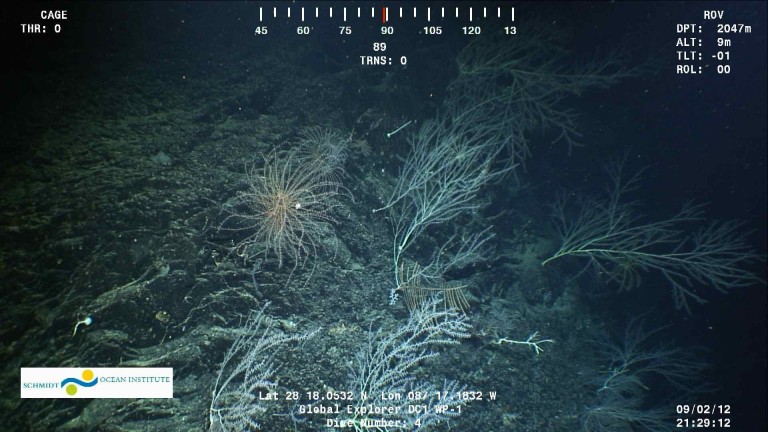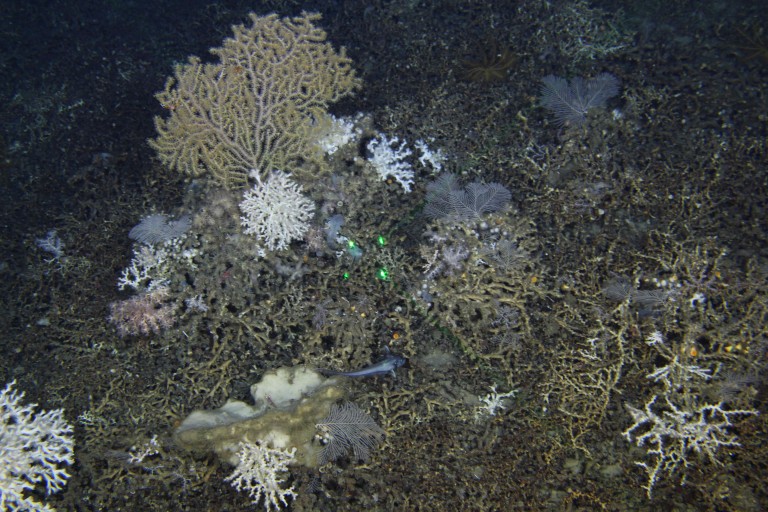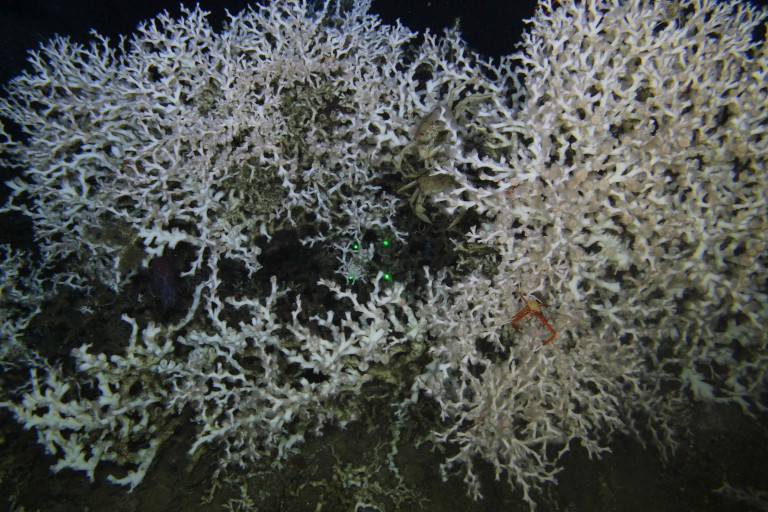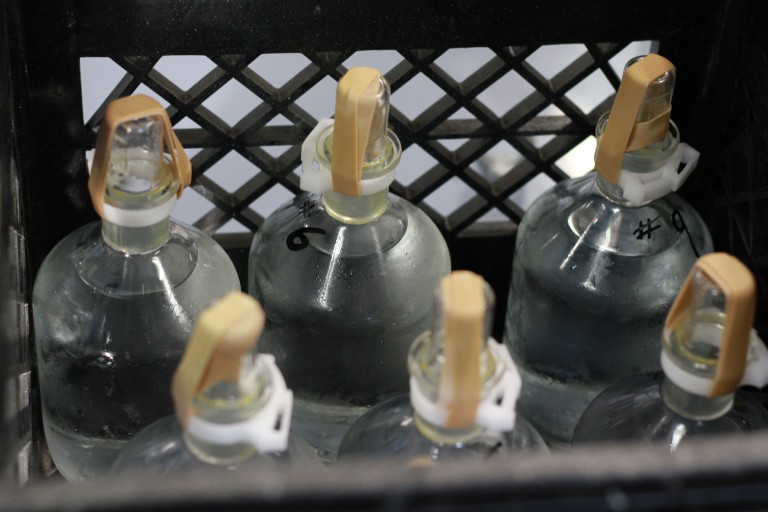Log Post: Wee Little Bad Boys in the Deep
With no ROV dive, today was a time for filling in some gaps in the high-resolution seafloor mapping, and some sampling work launching equipment from the surface. In contrast to yesterday’s beautiful scenes at Baker Bank, one of the more interesting finds was something invisible to the naked eye and a good bit less pleasant. … Continued
